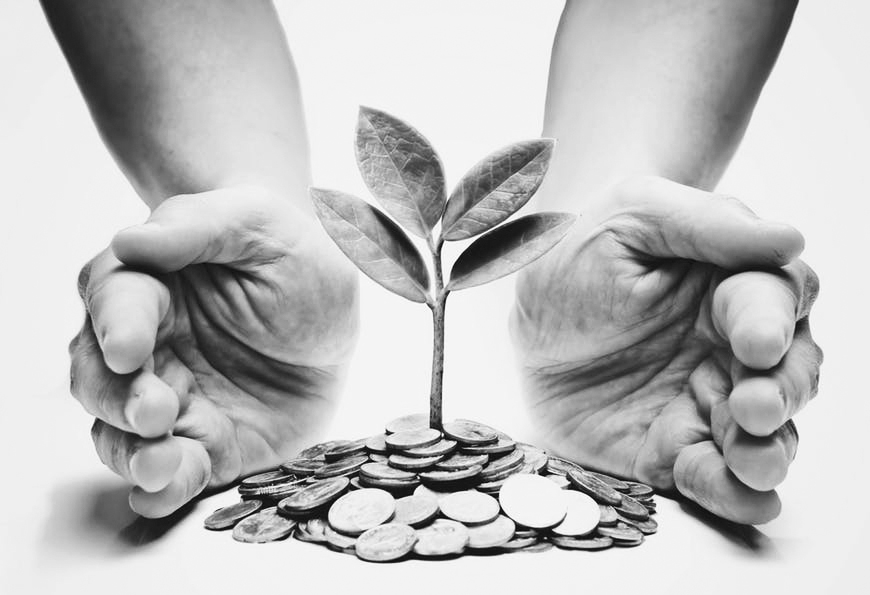
Saron Mekonnen is a 15 years old girl who wishes to be doctor. But one cannot reach his/her dreams without money, and to have money, you need to save. And that is exactly what Saron did. She started saving after her mother opened an account for her at Peace MFI, one of the many private local MFIs that is operating in the country, who also happens to give financial education to its young clients like Saron.
The art of understanding how money works, and the ability of managing money and making sound financial decision, is called financial education. And these days, it is important, especially for a developing country like Ethiopia, because financial literacy play a pivotal role in improving socio-economic well-being, financial sector development, poverty reduction and sustainable growth.
In Ethiopia, local micro financial institutions have been an effective vehicle in promoting financial literacy to their customers. Microfinance as a tool for poverty reduction and economic empowerment has made tremendous progress over the past decades, not only here in Ethiopia but in other parts of the world.
Microfinancing means customers having access to finance and savings, which in turn support livelihoods, economic growth, sound financial systems, and participate in the economy.
Tezera Kebede, CEO of PEACE MFI SCo, says that financial education is very much critically needed by the community. Running an institution that operated for more than 20 years in the country’s microfinancial sector, he believes that financial education is important.
“We are deposit taking micro finance institutions by the privilege we got from the country’s policy, which allows MFIs to mobilize saving from the general population and also deliver credit. But, importantly, we also deliver financial education for children (young clients).”
Basically, he mentioned that their company is a deposit taking MFI, setup with an objective to eradicate poverty and empower the community, basically operating in the rural area, because the rural area is not accessed by finance.
“For instance, we have a program called ‘Le Nege’ (Amharic word for tomorrow), where we give financial education to our clients along with our financial services.”
Financial education is very much critically needed by the community, he argues, if there is to be made social impact in the lives of the poor.
Financial education has many impacts. The financial education we give to youngsters, and youth clients created a way by which they can think differently on ways they can run their business.
Their entrepreneurship talent improves from time to time. They know who to manage their money, because financial education is also all about money/financial management.
Equipped to have know ledge- based decision, before they decide on anything, they base their decisions on the basis of knowing the facts on the ground. It motivates them to have a vision. So it helps them to be visionary on their business. There are lots of benefits to be gained from the financial education.
Furthermore, financial literacy helps the youth and the children to have awareness about saving culture, which will help them achieve their future objectives easily and at the same time to become productive through their journey.
“Basically, we are concerned with making visible social impact in the life of the community, and our major concern is to make a difference in the life of the poor.”
There have been many encouraging results in the last 20 years, according to him. In addition to providing financial access to young people like Saron, substantial impacts have been achieved across their clients.
The other angle is the women, as women benefit much from microfinance, many MFIs target female clients.
“For instance, a (women) client that borrowed 850 Birr from us 16 years ago currently owns multiple businesses, and now employs up to 12 people under her.”
Majority of institute’s clients are females, he continued, with 78 to 82 percent of their borrowers being females. The basic vision is to eradicate poverty and empower women with sustainable micro enterprises. With this, they have seen a lot of differences, a lot of impacts in the lives of the poor as clients have created jobs for others, “and we have seen asset creation as well.
All in all, while it is commendable that financial education are getting their way to clients through microfinancial institutions, policy makers should devise financial education and other related policy intervention to enhance the public’s financial literacy. This is because it has implications in enhancing not only individual socio-economic welfare, but also in building sustainable economic growth.
The Ethiopian Herald April 1/2020
BY STAFF REPORTER



